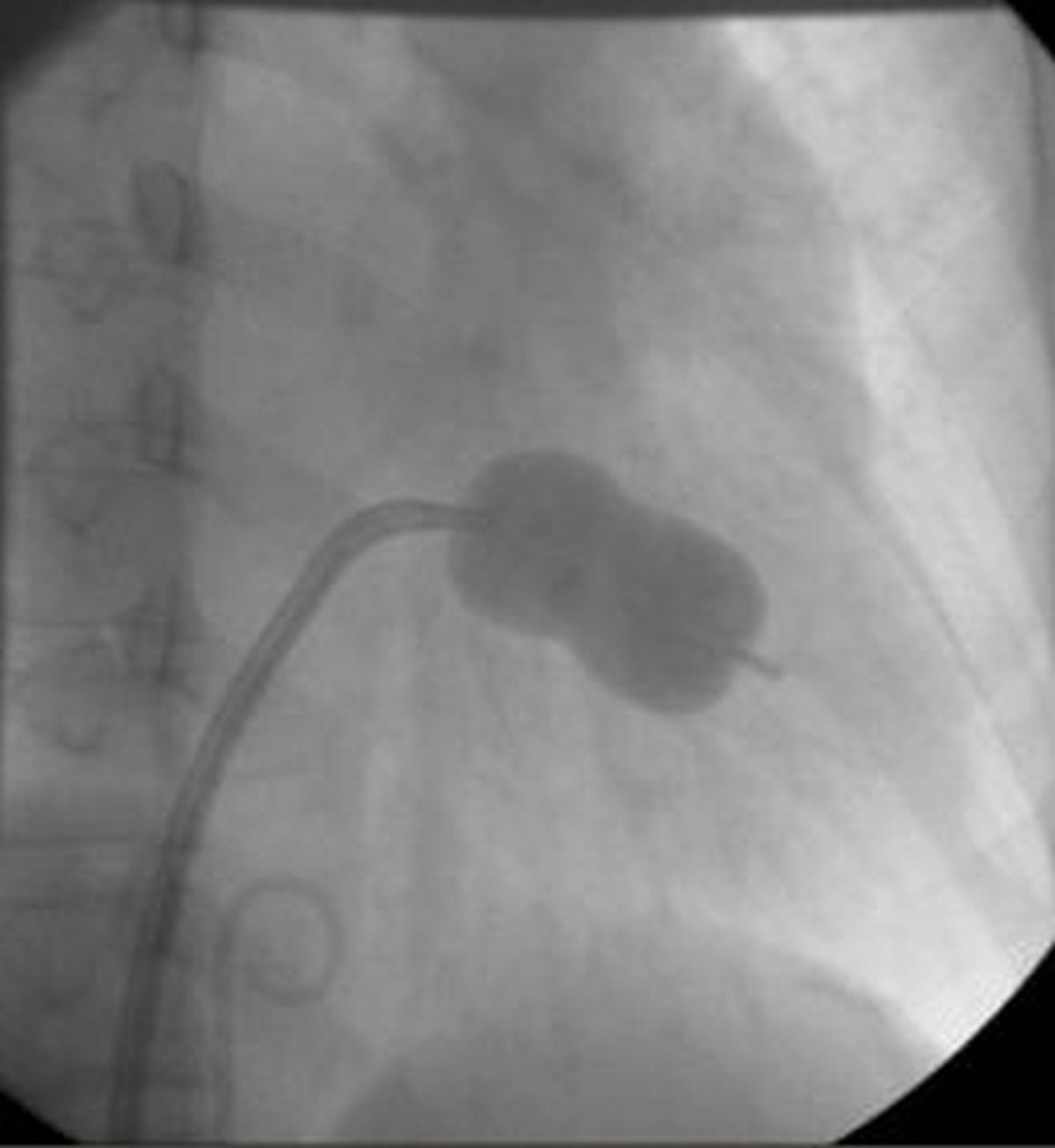Opening narrowed heart valves without surgery
Opening narrowed heart valves without surgery
Opening narrowed heart valves without surgery is by dilating them with balloons introduced into the heart through blood vessels. The procedure is known as balloon dilatation or balloon valvotomy.
Four Valves in the Heart
There are four valves for a normal heart. The mitral valve or bicuspid valve separates the left atrium (upper chamber) from the left ventricle (lower chamber). The aortic valve separates the left ventricle from the aorta, the largest artery of the body carrying oxygenated blood. The tricuspid valve separates the right atrium from the right ventricle and the pulmonary valve separates the right ventricle from the pulmonary artery which carries blood to the lungs for oxygenation. The function of a valve is to prevent back flow of blow from the next chamber or vessel and to permit unidirectional flow to maintain blood circulation. Narrowing of a valve is known as stenosis. So there can be mitral stenosis, aortic stenosis, tricuspid stenosis and pulmonary stenosis. Narrowing of each valve causes blood to pool up behind it and increase of pressure in that chamber.
Balloon dilatation of narrowed valves
Valves which are narrowed used to be enlarged surgically in the bygone days. Now there are techniques for opening narrowed heart valves without surgery. Small tubes known as catheters are introduced into the heart chambers through tiny holes in the groin skin. They are guided to the heart through veins or arteries using X-ray fluoroscopic imaging. Balloons attached to the tip of the catheters can be inflated while across the narrowed valves to enlarge the opening of the valves, thus avoiding a surgery. Occasionally the valves may become leaky during this procedure. If the leak is very severe, which is a very rare occurrence, the valve may have to be replaced surgically. Most often balloon dilatation is a convenient procedure for the individual as it avoids the problems of anaesthesia and opening up of the chest.
Balloon mitral valvotomy
One of the most commonly used balloon dilatation procedures for enlarging the diameter of narrowed valves is balloon mitral valvotomy. The balloon used is named Inoue balloon after the inventor. It has a dumbbell shape with the two halves meant to be on both sides of the valve and the waist across the valve while inflating the balloon. This causes a stretching open of the fusion of the two leaflets of the valve which causes mitral stenosis (narrowing of the mitral valve). The size of the balloon is selected depending on the height of the individual, with larger diameters for taller individuals. The choice of the right size is important to ensure proper dilatation without producing undue leakage. Valves without much of calcium deposits are better suited for balloon dilatation.

Balloon Pulmonary Valvotomy
Narrowing of the pulmonary valve is usually congenital (by birth). If it is severe enough to elevate right ventricular pressures significantly, it has to be dilated with a balloon or opened surgically. Balloon dilatation of pulmonary stenosis can be done by Tyshak Balloon. It is a thin non-compliant balloon and has a low profile so that it can be pushed across a narrowed valve easily. Once the position of the balloon across the valve is confirmed by x-ray fluoroscopic imaging, it is dilated using a syringe filled with dilute iodine-containing contrast. The contrast material enables visualisation of the progressive increase in the balloon size while dilating as well the disappearance of the waist at the region of the narrowed valve as the valve opens up. Balloon pulmonary valvotomy is a relatively safe and simple procedure done under local anaesthesia, compared to the open pulmonary valvotomy which needs anaesthesia and heart lung machine for cardiopulmonary bypass.

